I have a figure created with facet_wrap visualizing the estimated density of many groups. Some of the groups have a much smaller variance than others. This leads to the x axis not being readable for some panels. Minimum reproducable example:
library(tidyverse)
x1 <- rnorm(1e4)
x2 <- rnorm(1e4,mean=2,sd=0.00001)
data.frame(x=c(x1,x2),group=c(rep("1",length(x1)),rep("2",length(x2)))) %>%
ggplot(.) + geom_density(aes(x=x)) + facet_wrap(~group,scales="free")
The obvious solution to the problem is to increase the figure size, so that everything becomes readable. However, there are too many panels to make this a useful solution. My favourite solution would be to control the number of axis ticks, for example allow for only two ticks on all x-axes. Is there a way to accomplish this?
Edit after suggestions:
Adding + scale_x_continuous(n.breaks = 2) looks like it should exactly do what I want, but it actually does not:
Following the answer in the suggested question Change the number of breaks using facet_grid in ggplot2, I end up with two axis ticks, but undesirably many decimal points:
equal_breaks <- function(n = 3, s = 0.5, ...){
function(x){
# rescaling
d <- s * diff(range(x)) / (1+2*s)
seq(min(x)+d, max(x)-d, length=n)
}
}
data.frame(x=c(x1,x2),group=c(rep("1",length(x1)),rep("2",length(x2)))) %>%
ggplot(.) + geom_density(aes(x=x)) + facet_wrap(~group,scales="free") + scale_x_continuous(breaks=equal_breaks(n=3, s=0.05), expand = c(0.05, 0))






